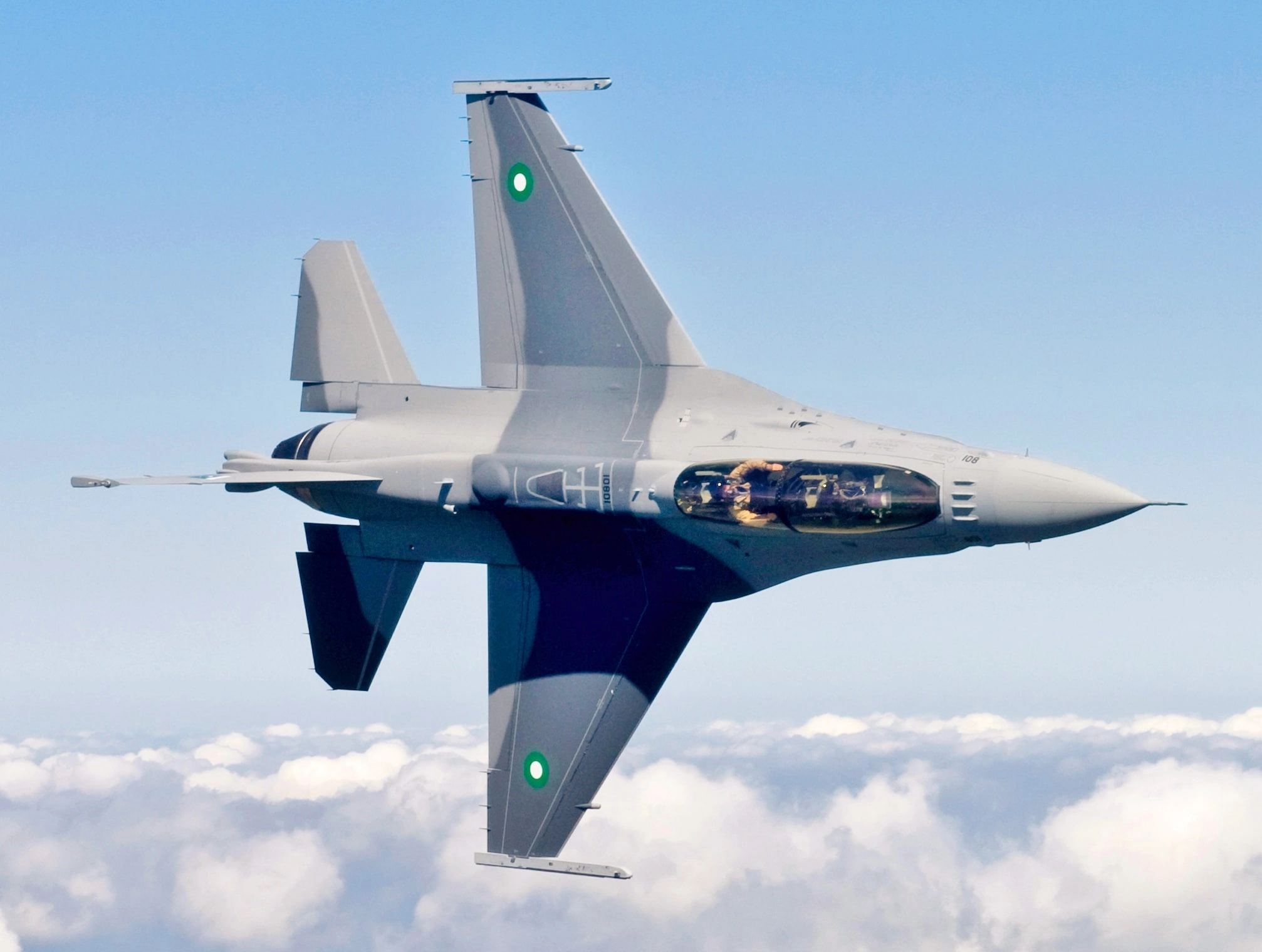In a recent statement, the Chief of the Air Force revealed significant developments concerning the operational capabilities of the Pakistan Air Force. During an operation dubbed “Sindoor,” multiple Pakistani fighter jets, specifically F-16s and J-17s, were reportedly destroyed. This operation underscores the intensifying air power dynamics within the region, drawing attention to the military strategies employed by neighboring countries. The loss of advanced fighter jets like the F-16, known for their versatility and combat effectiveness, signals potential vulnerabilities in Pakistan’s air defense.
The implications of these losses extend beyond mere aircraft destruction; they could reshape strategic calculations in the region. The J-17, a domestically produced fighter jet, represents Pakistan’s efforts to bolster its defense industry and reduce reliance on foreign military hardware. Losing these assets in a single operation raises questions about the effectiveness of Pakistan’s air defense systems and the proficiency of its combat readiness. It also highlights the importance of maintaining a robust aerial presence to deter adversarial actions.
Furthermore, the operation indicates an escalation in military engagements, which may provoke reactions from not only Pakistan but also from other regional powers. The air force chief’s announcement may serve as a warning to adversaries while simultaneously rallying domestic support for military initiatives. As tensions in the region continue to fluctuate, the developments surrounding Op Sindoor will likely be closely monitored by military analysts and strategic planners, underscoring the intricate balance of power in South Asia. The consequences of these events could resonate well beyond the immediate loss of aircraft, potentially influencing future military confrontations and diplomatic negotiations.




